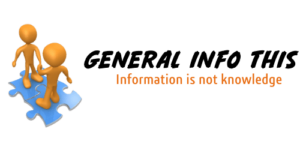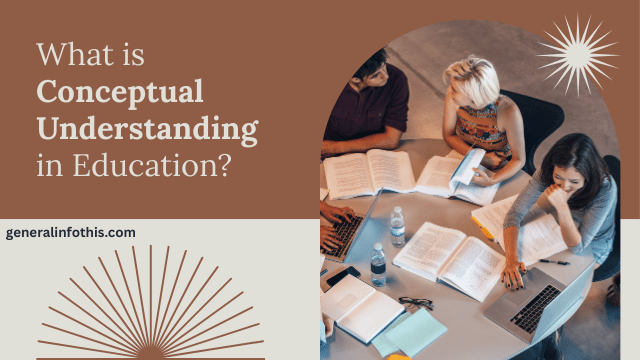In today’s education system, the goal is no longer just to memorize facts but to understand concepts deeply and apply them in real-life situations. That’s where conceptual understanding comes in—one of the most powerful tools for meaningful learning.
But what exactly is conceptual understanding? And why is it so important in the modern classroom? Let’s break it down.
Table of Contents
📘 Defining Conceptual Understanding
Conceptual understanding refers to a student’s ability to grasp the underlying principles, relationships, and logic behind a subject or skill—not just the “how” but the “why.” It goes beyond surface-level knowledge and allows learners to connect ideas, solve problems, and apply what they’ve learned in new situations.
🧮 Conceptual Understanding vs. Rote Learning
| Conceptual Understanding | Rote Learning |
|---|---|
| Focuses on “why” and “how” | Focuses on memorization |
| Encourages application | Limited to repetition |
| Promotes problem-solving | Rarely leads to deep understanding |
| Transfers across subjects | Often forgotten quickly |
For example, a student with conceptual understanding of fractions won’t just memorize ½ + ½ = 1—they’ll understand why it works, and how it applies in real-world scenarios like cutting a pizza.
🎯 Why Conceptual Understanding Matters
Here’s why educators are placing more emphasis on conceptual learning:
✅ 1. Promotes Long-Term Retention
Students retain and recall concepts better when they understand the logic behind them.
✅ 2. Supports Critical Thinking
It encourages higher-order thinking skills such as analyzing, evaluating, and creating.
✅ 3. Enables Real-World Application
Conceptual learners can transfer knowledge to solve unfamiliar or complex problems.
✅ 4. Builds a Strong Academic Foundation
Whether it’s math, science, or language, conceptual understanding forms the bedrock of lifelong learning.
👩🏫 How to Foster Conceptual Understanding in Classrooms
Effective strategies to encourage conceptual learning include:
-
Using real-world examples and hands-on activities
-
Asking open-ended questions that provoke thought
-
Encouraging discussions and peer teaching
-
Connecting new concepts to prior knowledge
-
Assessing with performance-based tasks rather than multiple-choice tests
🧩 Final Thoughts
Conceptual understanding is not about learning more—it’s about learning better. When students understand the “why” behind what they’re learning, they become active thinkers and creative problem-solvers, prepared to succeed in school and beyond.















